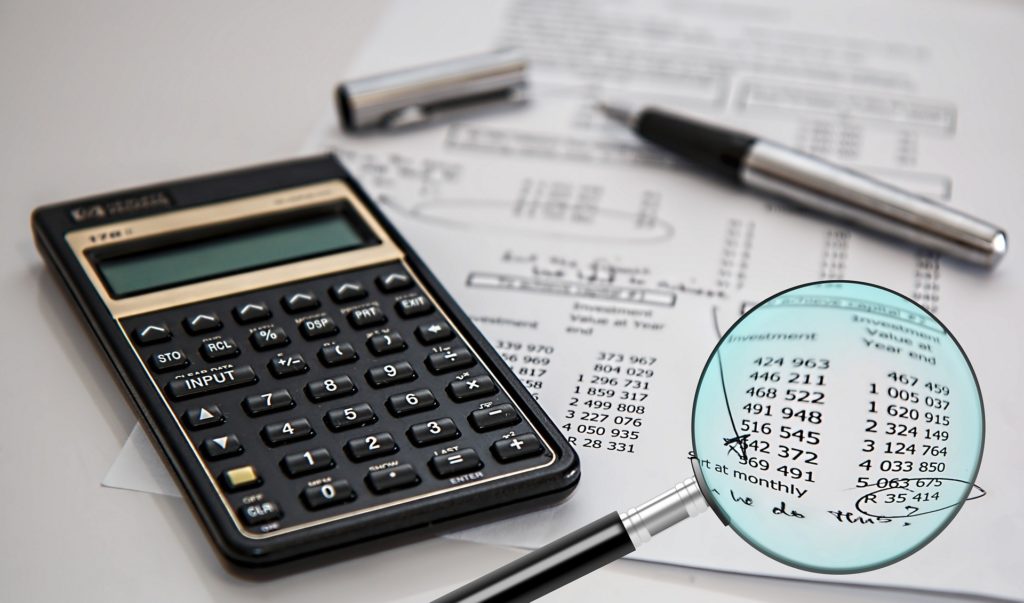Entrepreneurs are required to contend with myriad issues, not least of which is the acquisition of equipment necessary for the business to operate smoothly. Cost constraints make it exceptionally difficult for business owners to purchase equipment outright. This invariably brings equipment financing options into the mix. A variety of equipment financing options are currently available to business owners. The specific loan amount is dependent upon several factors, notably the cost of the equipment.
Nowadays, it is entirely possible to secure an SMB equipment financing loan from any number of reputable lenders. These equipment financing loans are indispensable when it comes to purchasing office desks, PCs, Macs, heavy machinery, farm equipment, industrial equipment, commercial washers and dryers, restaurant equipment, et al. Without this equipment, businesses simply cannot function. Equipment financing takes place via a lease or a loan. The borrower finances a physical asset with this type of loan. This differs from a capital loan where there is no physical asset requirement. With equipment financing, the loan is secured by the asset that is being financed.
Table of Contents
Equipment Financing Process

Since most entrepreneurs don’t have the funds available to purchase equipment outright, equipment financing allows a down payment to be made, and the rest of the cost is paid for by a loan. Even businesses with funds available tend to prefer equipment financing options in order to maintain cash flow. A business that invests all of its available capital in equipment runs the risk of not being able to meet its day-to-day cash requirements.
Equipment financing serves many important purposes in a business. The rapid rate of technological innovation, redundancy, and need for upgrades necessitates a forward-focus from the business owner. To this end, obtaining equipment financing is part and parcel of a growth strategy. The process of applying for equipment financing is straightforward. The business owner put a down payment on equipment to be purchased, and the rest of the funding is provided by the loan company. Repayments are made in monthly instalments, and include the principal amount of the loan + interest.
Banks or Online Lenders for Business Financing?
Businesses have several avenues to explore in the equipment financing arena. Banks are the traditional option. Their interest rates and terms are often the most favourable, but their credit standards are exceptionally high. Many budding entrepreneurs simply don’t have all the requisite paperwork to satisfy bank requirements for equipment financing loans based on business valuations. In this vein, online lenders known as small-business lenders fill an important role. They readily offer equipment financing solutions to qualified entrepreneurs. The trimmed-down application, submission, and approval process is much easier than traditional banks, allowing businesses to acquire the equipment they need as quickly as possible.
Several important elements factor into the terms of equipment financing loans. If a business expects to use the computers, furniture, vehicles, machinery for a set number of years, the loan should be spread out across the lifespan of the asset. If the repayment term is too short, that means that the payments will be higher to repay the loan. If the repayment term is too long, the business will continue repaying the loan long after the lifespan of the asset. Ideally, the length of time the asset will be used should match the repayment term of the equipment loan.
What are the Benefits of Equipment Financing?
For starters, equipment financing is known as a secured loan. The asset that your purchasing is used as collateral for the loan that you have received. Equipment financing is useful for business owners who either need to replace existing equipment or who need to acquire new equipment but don’t have the funds available to buy it outright. Fortunately, equipment loans are typically available at low rates of interest. Once the loan has been approved, the equipment can be purchased and transferred into the business’s name immediately. Once the loan is fully repaid, the equipment may be sold, to recoup some costs and go towards upgraded equipment. All interest paid on an equipment financing loan is tax deductible, and there are depreciation tax benefits available too.
How to Seal the Deal with Equipment Financing
In most cases, a credit score of 600+ is required, and lenders will need to see proof of the business owners ability to make good on the repayments. These can be in the form of equipment lease, or a loan. The financial health of your business is an important determinant of your ability to secure equipment financing. Tax return forms, bank statements, balance sheets, income statements, cash flow statements and the like provide fantastic supporting evidence re the health of your business. You may be required to provide a voided business check to get the ball rolling.
Should I Lease or Finance Equipment for My Business?
Entrepreneurs many familiar with the leasing or financing options when it comes to business equipment. Similar to leasing a car from a dealer, equipment leasing does not require the business owner to have the down payment for the loan. The cost so much lower for leasing, and this option is particularly attractive if the business does not intend to keep the equipment for very long, or will be switching out the equipment for new equipment in the future. When you lease, you don’t own the equipment – it belongs to the lender. At the end of the term, you may be able to purchase the equipment for a set price from the lender. When you finance the equipment with a loan, you own the equipment. But if you default on your payments, the equipment serves as collateral for an unpaid loan.



